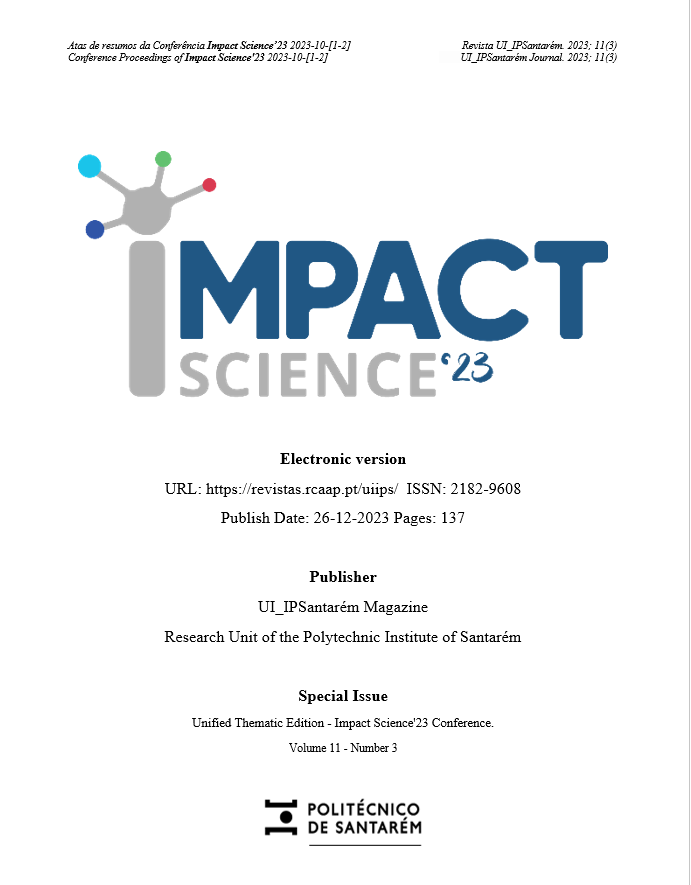Adaptation of broccoli varieties (Brassica oleracea L. var. italica Plenck) to mechanical harvesting
DOI:
https://doi.org/10.25746/ruiips.v11.i3.32373Keywords:
Brassica oleracea L. var. italica Plenck, mechanical harvesting, dry matter, yield, varietiesAbstract
The broccoli for industry in the Lezíria Tejo region has great economic and agronomic importance. In this region are concentrated the industrial units that are destined to the processing of deep-frozen products from this crop. Although it is possible to mechanize the harvesting of the heads, this is still carried out manually. The development of robotic harvesting equipment, capable of selecting and harvesting heads according to their diameter, implies the need to assess the adaptation of new varieties to this practice, without neglecting the yield, disease tolerance and quality for processing. From October 2022 to January 2023, a trial was installed in completely random plots, at Quinta do Galinheiro (ESAS), with the aim of evaluating the adaptation of the “Parthenon” and “Titanium” varieties to robotic broccoli harvesting.The “Parthenon” variety showed a significantly (p<0.05) higher average yield (9 541 kg/ha) than the “Titanium” variety (6 722 kg/ha). The mean diameter of the heads of “Parthenon” was also significantly (p<0.01) higher (142.7 mm) than “Titanium” (113.3 mm). The “Titanium” variety presented, however, a higher percentage of the dry weight of the stems, 27,4 % in relation to the total dry matter of the plants, while in the “Parthenon” this percentage was only 18,4 %. “Titanium” variety has larger stems, forming the head at a greater height from the ground and standing out in relation to the last leaves, thus favoring the robotic harvesting of the heads. The formation of the heads occurred around 48 days after planting (DAP) with a sum of temperatures of 634ºC, considering a base temperature of 4ºC, with no differences between the varieties.
Downloads
Published
How to Cite
Issue
Section
License
Copyright (c) 2023 Artur José Guerra Artur José Guerra Amaral, Tiago Reis

This work is licensed under a Creative Commons Attribution-NonCommercial-NoDerivatives 4.0 International License.
Authors publishing in this journal agree to the following terms:
Authors retain copyright and grant the journal the right of first publication, with the article simultaneously licensed under the Creative Commons Attribution License that allows sharing of the work with acknowledgement of authorship and initial publication in this journal.
Authors are permitted to enter into additional contracts separately for non-exclusive distribution of the version of the article published in this journal (e.g., publish in an institutional repository or as a book chapter), with acknowledgment of authorship and initial publication in this journal.
Authors have permission and are encouraged to publish and distribute their work online (e.g., in institutional repositories or on their personal webpage) at any point before or during the editorial process, as this may generate productive changes, as well as increase the impact and citation of the published work.



